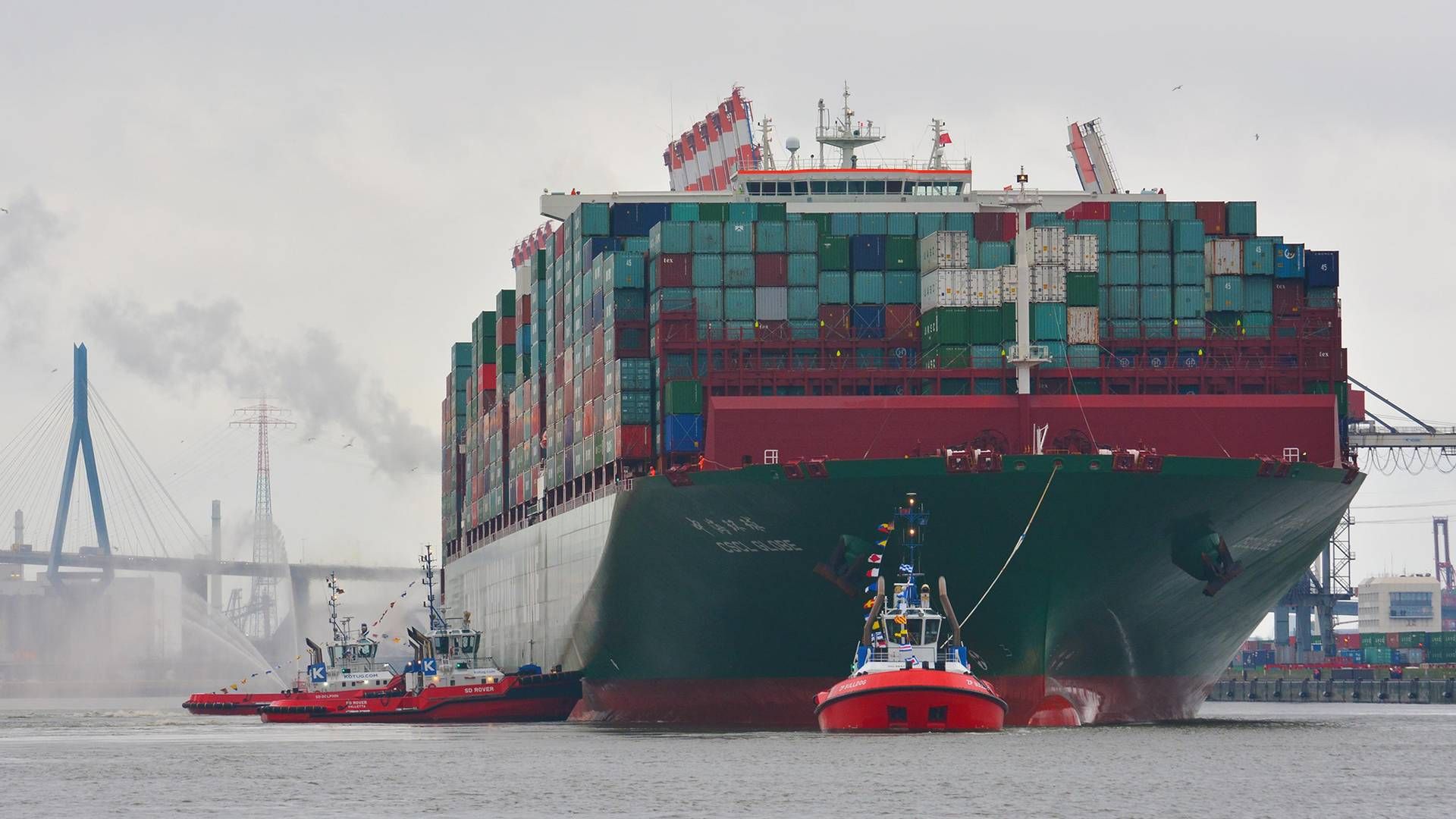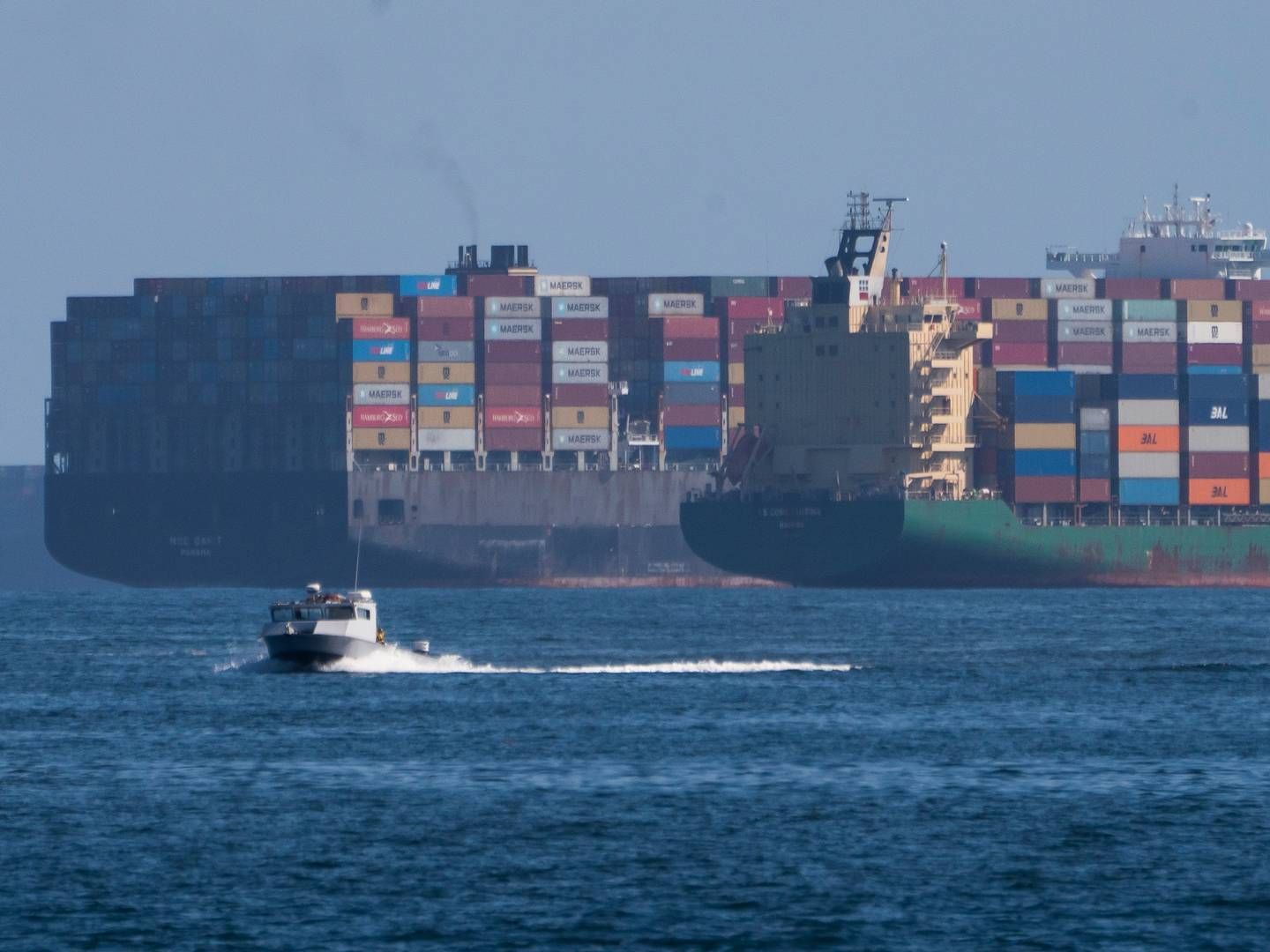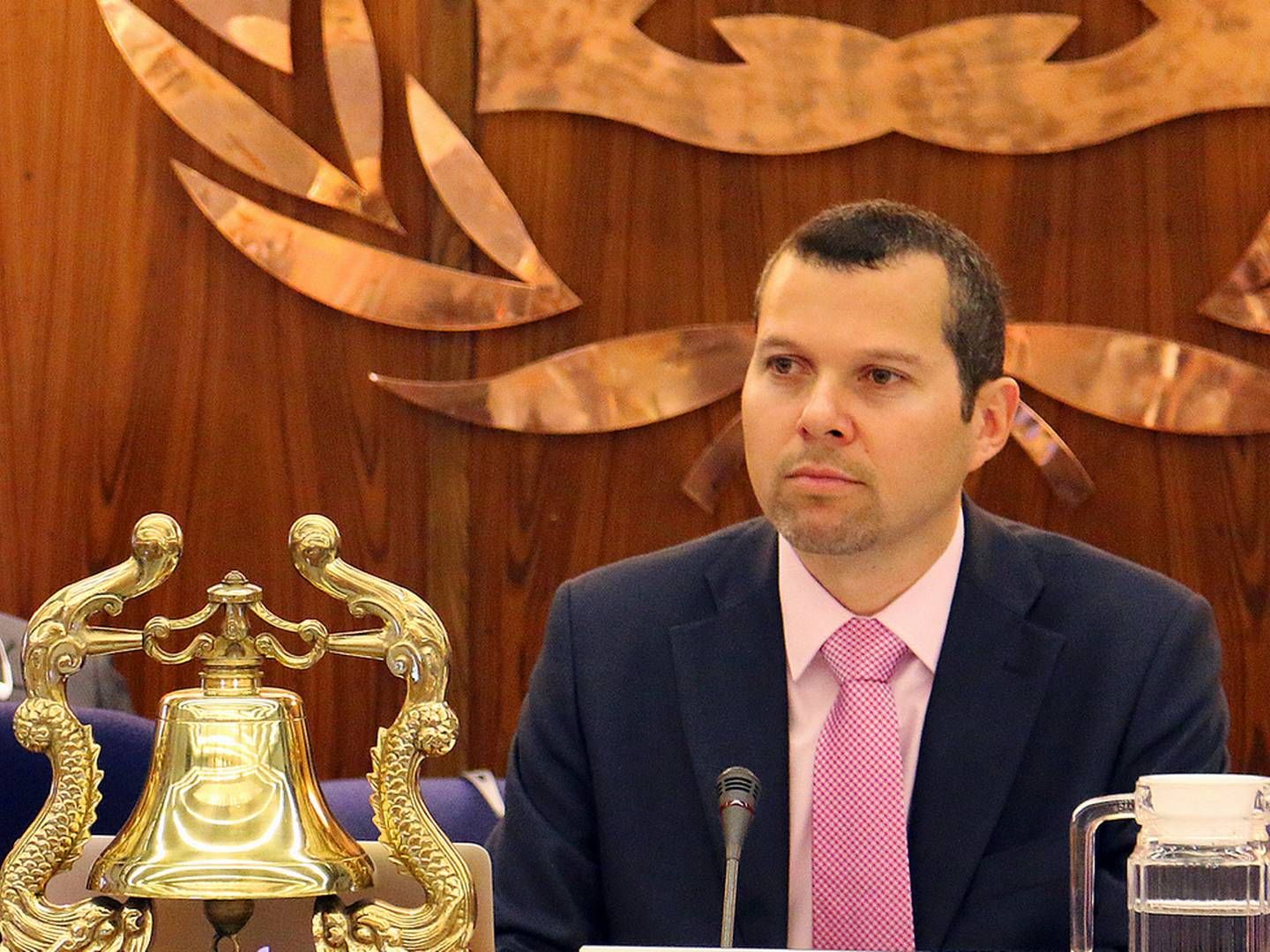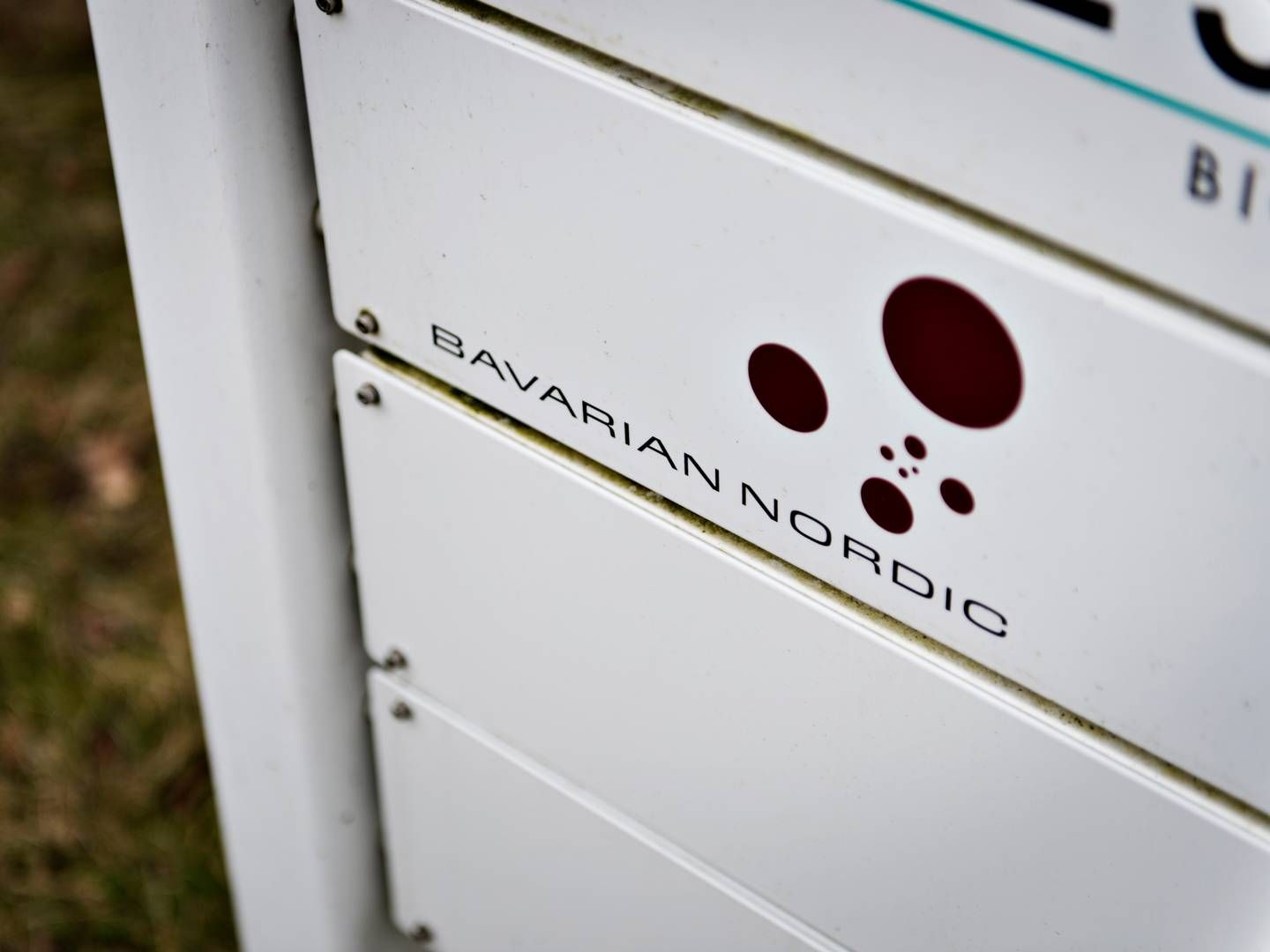IMO agrees on revised 2050 climate strategy for shipping

After a week of negotiations in IMO’s climate committee, MEPC, the member nationshave just secured a revised climate strategy up to 2050.
According to the document that details the revised strategy, which has been shared with ShippingWatch, the agreement includes:
”Net-zero GHG emissions by or around 2050, i.e. close to, 2050, taking into account different national circumstances.”
The committee has also agreed on indicative checkpoints for 2030 and 2040. In 2030, all greenhouse gas (GHG) emissions should be reduced by 20% but striving for 30%, while in 2040 the target is a minimum 70% reduction, ultimately striving for 80%.
The Nordic shipowners’ associations, Danish Shipping and Norwegian Shipowners’ Association, are both ostensibly positive in regards to the revised ambition.
”It is truly positive for the climate and historic for shipping that the IMO is finally accelerating the green transition. It demonstrates a strong global willingness to address climate change in the sector, and right now, I am both happy and relieved that it succeeded,” says Anne H. Steffensen, managing director of Danish Shipping, in a statement.
Helene Tofte, director of international cooperation and climate at the Norwegian Shipowners’ Association, calls the agreement ”historical.”
”It has been over three years since Norwegian shipping set a target of net zero emissions by 2050, and it is truly a milestone for the climate efforts in shipping that the IMO now adopts a goal of zero emissions for global shipping as well,” she tells ShippingWatch.
Wants a tax
Both Nordic associations say in unequivocal terms that a goal in and of itself is not enough and that some other form of measure is needed. Both Denmark and Norway sees a global climate tax as an efficient measure.
”At the same time, it is important to emphasize that a goal in itself is not enough. Leading up to 2025, the IMO will work on developing technical and economic measures to ensure that the shipping industry achieves the new climate targets. The Norwegian Shipowners’ Association believes that the most effective instrument would be to implement a global carbon tax on shipping emissions,” Tofte says.
Danish Shipping also sees a tax on fossil fuels as a good route to making it more attractive to swap over to green fuels, asking for concrete tools to be implemented so meeting the targets will be easier done.
”From a Danish perspective, we have long emphasized the importance of ensuring a clear link between the overarching goal and the tools needed to achieve it. This agreement accomplishes that, sending a strong signal about the willingness to take responsibility and act swiftly,” Steffensen says.
While the Nordic shipowners’ associations are positive towards the revised strategy, some NGOs are less enthusiastic.
A weak compromise
NGO Transport & Environment (T&E) does not offer many positive words on the outcome of the week-long negotiations held at the IMO headquarters in London.
”This week’s climate talks were reminiscent of rearranging the deckchairs on a sinking ship.,” says Faig Abbasov, T&E’s shipping programme director.
”The IMO had the opportunity to set an unambiguous and clear course towards the 1.5 degree temperature goal, but all it came up with is a wishy-washy compromise. Fortunately, states like the US, UK and the EU don’t have to wait for China, Brazil and Saudi Arabia to act. Ambitious national policies and green shipping lanes can have a global impact. It’s time to think globally, act locally,” he says.
Crowning a winner
Crowning who is the winner after this week’s negotiations is a hard task.
If it is the more ambitious countries – such as the US, EU, and UK – who got the larger end of the stick or if the more conservative countries – such as China, Brazil, and Russia – got more of what they wanted is hard to say as the final wording still takes every aspect into consideration and allows for each country to adapt in accordance with its ”national circumstances.”
(This article was provided by our sister media, ShippingWatch)




















.jpg&w=384&q=75)




